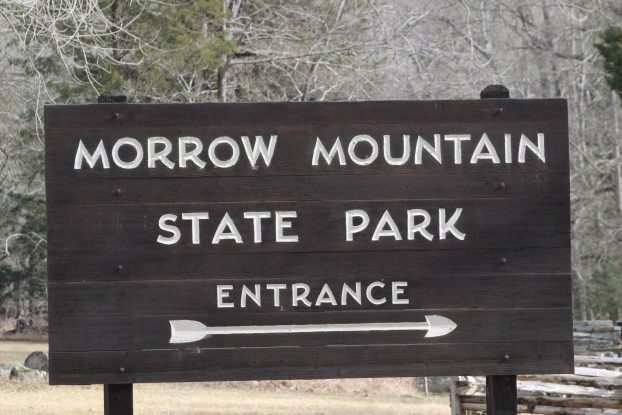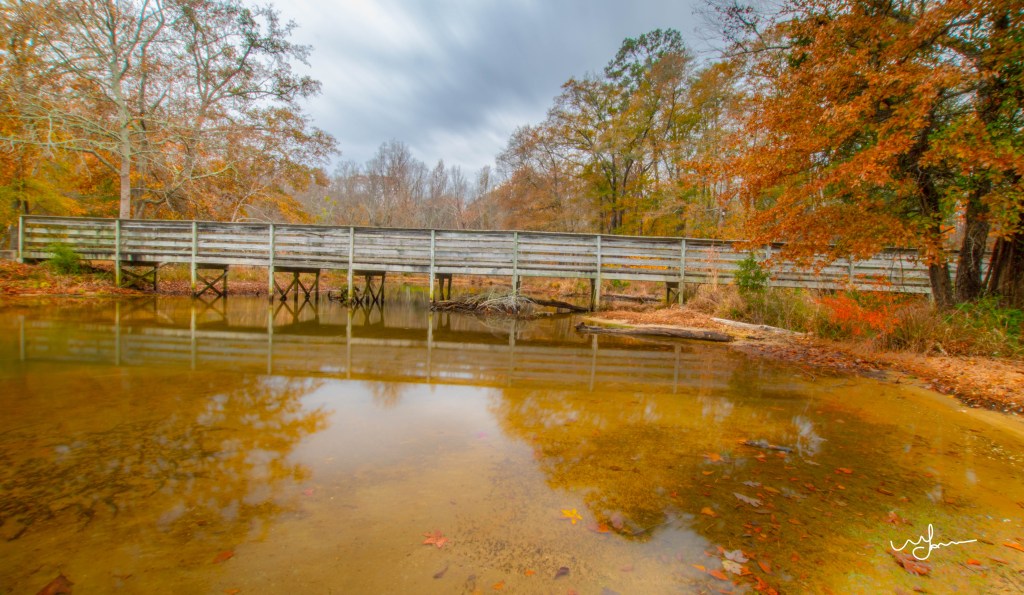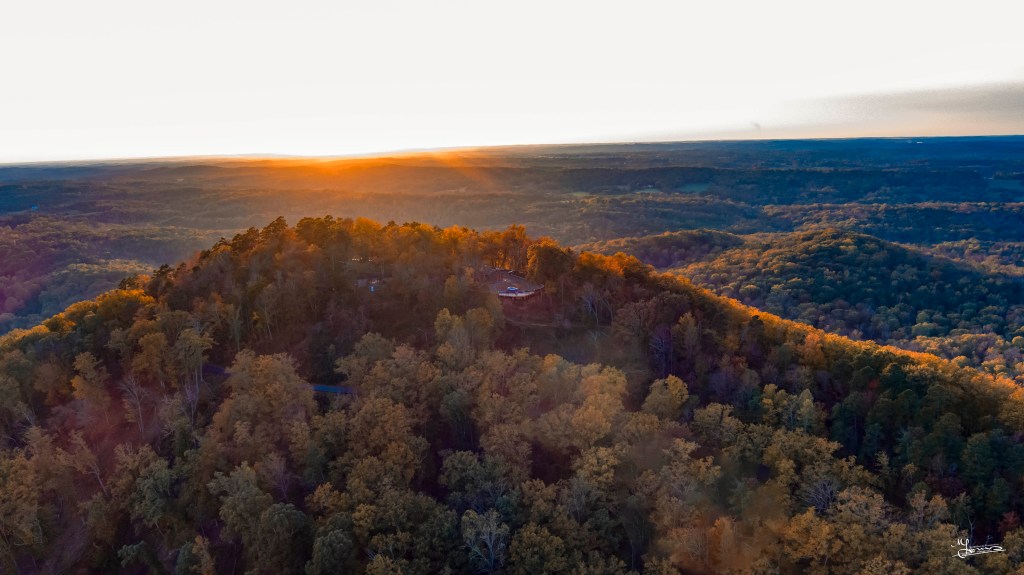SPIRIT OF STANLY: Morrow Mountain looks to the future
Published 9:39 am Saturday, March 27, 2021

- Morrow Mountain State Park was formed in 1940.
|
Getting your Trinity Audio player ready...
|
A long-time destination for a wide range of activities, from picnics and birthday parties to hiking and canoeing, moves into its 82nd year of serving the public.
Morrow Mountain State Park, about five miles from the Albemarle city limits, has offered recreation opportunities for Stanly residents and tourists outside the county borders for nearly a century.
The third oldest state park in the state behind Mount Mitchell and Fort Macon, Morrow Mountain was the first state park in the middle of the state.
Trending
Like other state parks, admission is free. Many of the services are available at modest rates.
Morrow Mountain contributes in a number of ways to the local economy, according to Stanly County Economic Development Commission Director Candice Lowder.
“The park has served as an anchor for our tourism cluster that has been expanding for several decades. This cluster of outdoor recreational venues attracts visitors from all over the region, state and nation, offering a variety of outdoor opportunities for visitors of all ages,” Lowder said.
“Park visitors and staff patronize our local restaurants, retail stores, gas stations and hotels, which benefits the local economy by supporting our small businesses and generating additional tax revenue.”

Photo By Michael Lanier / My Different Perspective
Lowder said the park also is “a high-quality park with recreational and educational opportunities for our citizens that is easily accessible for all and contributes to the high quality of life our residents continue to enjoy.”
Chris Lambert, director of the Stanly County Convention & Visitors Bureau, called Morrow Mountain State Park “an economic generator” for the county, even without the visitors.
Trending
“Take the visitors out of the equation and the park itself (still) generates an economic impact of around $500,000. Park staff are our neighbors and friends that spend money daily in Stanly County, along with supplies that are purchased for the park locally,” Lambert said.
“We appreciate everything that Morrow Mountain does and are proud of the job that the staff does and the amenities that are provided to us by this beautiful area.”
History
Development of the state park began in the 1920s from James McKnight Morrow and other citizens, including A.C. Huneycutt, the publisher of the Stanly News & Press, but the Great Depression slowed the project.

The Kron House at Morrow Mountain. (Photo by CHARLES CURCIO/staff)
Published reports in the early 1930s showed interest in the state park was renewed with land donations coming from Morrow. In 1935, L.A. Sharpe, inspector of the state’s Division of State Parks, traveled to Stanly to inspect the property proposed for the park, around 2,000 acres of land.
Morrow eventually sold the mountain area and 1,100 acres to the state for a park for $5,000, with the deeds being recorded in June 1935. Those deeds totaled up to 2,500 acres along with donations from other landowners such as E.E. Snuggs, J.A. Groves, Mrs. G.R. McCain, A.F. and E.C. Biles, E.P. and Pantha Clodfelter, Will and Paul Kirk and Stanly Lumber Company, according to published SNAP articles.
The Civilian Conservation Corps then took seven years to develop the park as approximately 400 workers lived in the camp while working. Park goers actually started entering the park in 1939 as other projects were being completed. The official grand opening of the park came in the summer of 1940.
Now
Morrow Mountain now has 5,881 acres of land and includes part of the Yadkin-Pee Dee River and Lake Tillery, which opens up the possibilities of water sports for residents and tourists alike. The acreage includes a recent land acquisition from ALCOA.
Canoes and kayaks are available for rental during the year while a boat launch awaits fishing aficionados and those wanting a day on their boat on the lake.
People wanting to cool off from a hot Stanly summer day can do so in the swimming pool built by the CCC and the Works Progress Administration, which still welcomes young and old swimmers in the summer months.

Photo By Michael Lanier / My Different Perspective
The recreational opportunities in the park do not begin and end at the water’s edge or poolside. More than 20 miles of walking and hiking trails are available, ranging in difficulty and length for people of every age and fitness level.

Photo By Michael Lanier / My Different Perspective
Camping, always a big part of Morrow Mountain State Park, continues with 106 family campsites and six cabins.
History buffs can look back into the past at the preserved house of Dr. Francis Kron sitting on top of a hill inside the park’s boundaries. Called Attaway Hill by the family, Kron, a pioneer physician living in the early 1800s, raised his family there while also being part of the civic life of Stanly County.
During the dog days of summer, a visit to the air-conditioned history museum affords visitors a chance to learn about the Native American history around the park as well as discover the animals and plant life which make up the park’s ecosystem.
COVID’s Impact
The entire world has had to adjust to the safety guidelines and challenges which have come from the COVID-19 pandemic, but some industries and organizations have actually flourished.
State parks have become more in demand this past year as people homebound for school and work needed a place to take off the mask and breathe in fresh air.
Where numbers had been going down for Morrow Mountain, the numbers significantly shot up. From 2016 to 2019, visitor attendance went from 512,427 to 452,862. When the pandemic hit, despite being closed for six weeks from March to May, the park saw 512,702 visitors in 2020.

Photo By Michael Lanier / My Different Perspective
Those visitor numbers increased despite the museum, swimming pool, boathouses and one of the group camping areas all being closed, as well as the restrooms. Traffic and finding parking spaces has taken some work from the park’s rangers, along with ensuring visitors’ compliance with the basic rules and regulations of the park (dogs on a leash, where people can park, etc.)
The highlight of the park, according to park superintendent Jeff Davidson, is the summit, and even it was closed for half of the year with a renovation of the overlook. Renovations to the new overlook came as a project with the Friends of Morrow Mountain.
The overlook changes are something Davidson said “we have been wanting to do for years. It was great to be able to renovate that structure…with all the closures, we’ve still had a record visitation here which is outstanding.”

Photo By Michael Lanier / My Different Perspective
Davidson noted the park was being used by locals and for folks to travel in, which brings in revenue to the small businesses in the county, along with a more diverse population enjoying the park.
“We’re getting a lot of folks traveling from Charlotte because they’re all locked up in their apartments, their small houses, and they’re wanting to get out of that,” Davidson said.
“It’s a chance to get outside,” he said. “A lot of the younger generation are tied to their screen and electronic (devices). Now that has gotten old when you’re sitting in the house on that all the time. You want to get outside and recreate.”
Future
Construction has continued throughout the country in the pandemic, as it has at Morrow Mountain and will continue in the years to come, according to Davidson.
A recent bond passed will bring $1.5 million for building new cabins, a new shower house for the C camping loop and renovations to two other shower houses.
Morrow Mountain also received $2.5 million from the General Assembly, which will go to the same plans. Major renovations on the swimming pool and more work on the summit area, including more accessibility per the Americans with Disabilities Act and fixing the old shelter on the summit back into a concession stand, will happen.
With all the many miles of trails, plans are also in the works to renovate the walking and horse trails, most of which Davidson noted were designed 50 to 60 years ago.
The park will also receive some emergency funds from the Federal Emergency Management Agency, which will go to trail repairs, while special funding will replace the fishing pier at the lake which was destroyed in 2016.
Davidson said Morrow Mountain will also continue to market itself to continue to bring a diverse population of visitors in, trying to get people to spend more time in nature without their electronic devices.

Photo By Michael Lanier / My Different Perspective
“We are lucky to have a lot of roads in our park that people can drive around,” Davidson said, but he added “getting out of your vehicle and experiencing nature is important.”
A recent 1,000-acre contribution from Alcoa will help the park grow as well. Davidson said a plan for the use of the land has not been completed yet, but one is being put together for review.






